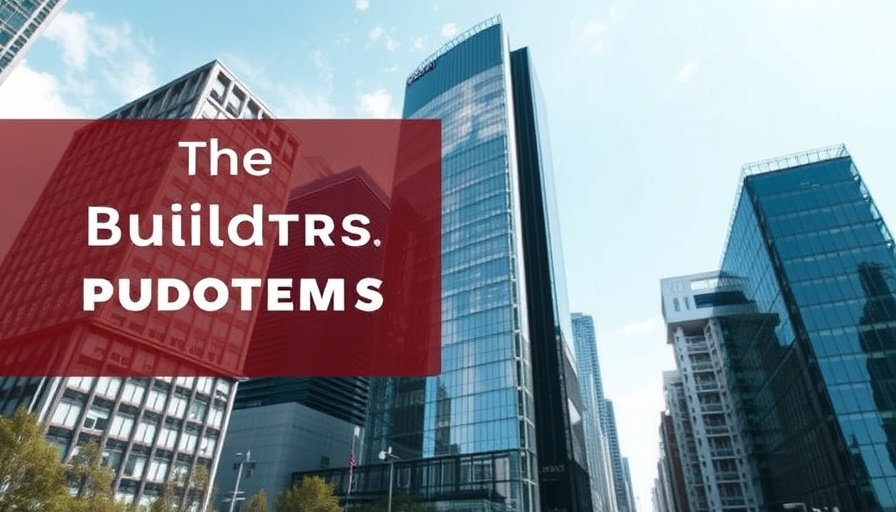
The Rise of Home Depot: What the $5 Billion Bid Means
Recently, Home Depot made a significant move by initiating a bid for a $5 billion building-products company, which signifies more than just a typical transaction in the retail sector. This bold step could reshape the home improvement landscape. For consumers and businesses alike, it highlights the ongoing strategic maneuvers in a competitive industry aiming to leverage emerging technologies and disrupt conventional business models.
Why This Bid Matters
The building products sector is ripe for disruption, particularly as consumer behavior shifts toward online purchasing and DIY projects. Home Depot’s aspirations reveal an eagerness to cement its position as a market leader in an era of rapid technological advancements. With the backdrop of innovations in tech, the merger signifies a broader trend where major players are seeking to enhance their supply chains and improve consumer experiences through technology.
The Competitive Landscape: Implications for the Industry
As Home Depot steps into the ring, it’s crucial to consider how this bidding war might incite other major retailers to recalibrate their strategies. Players like Lowe's and Ace Hardware could feel the pressure to innovate further to keep up. The entrance of Home Depot into this bidding battle could lead to a tech surge within the sector as companies scramble to adopt new tools, streamline operations, and enhance user engagement.
Future Predictions: The Tech-Driven Transformation
Looking ahead to 2025 and beyond, the evolution of the home improvement market suggests a shift toward greater integration of technology. Emerging technologies will play a pivotal role, whether through augmented reality for customer engagement, automation in supply chain logistics, or enhancing customer service with AI. Home Depot’s move indicates that these aren’t just trends; they are necessary adaptations for long-term sustainability.
Insights for Consumers and Investors
For consumers, this is a tipping point that could redefine home improvement shopping experiences, offering greater variety and accessibility. Investors, meanwhile, should watch for further developments not only related to Home Depot but also its competitors' responses. The outcome of this bidding war could signal major shifts in retail valuation and investment opportunities in technology that supports the broader industry.
Conclusion: Taking Action in an Industry on the Move
As we digest this news, it is clear that the ramifications of Home Depot’s bid extend far beyond its initial financial implications. This is a wake-up call for those within the building-products market and adjacent industries. Companies and individuals need to stay alert to rapidly changing dynamics where technology implementation will be crucial for success. Engaging with these developments could very well provide a competitive edge.
 Add Row
Add Row  Add
Add 




Write A Comment